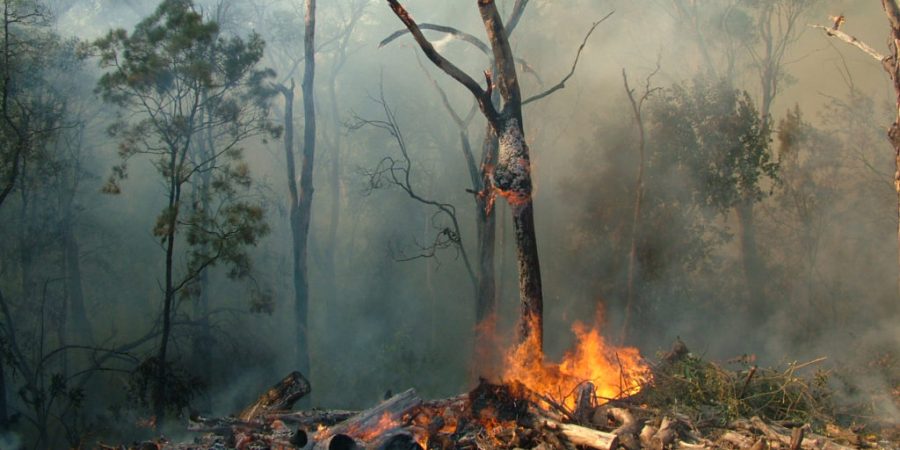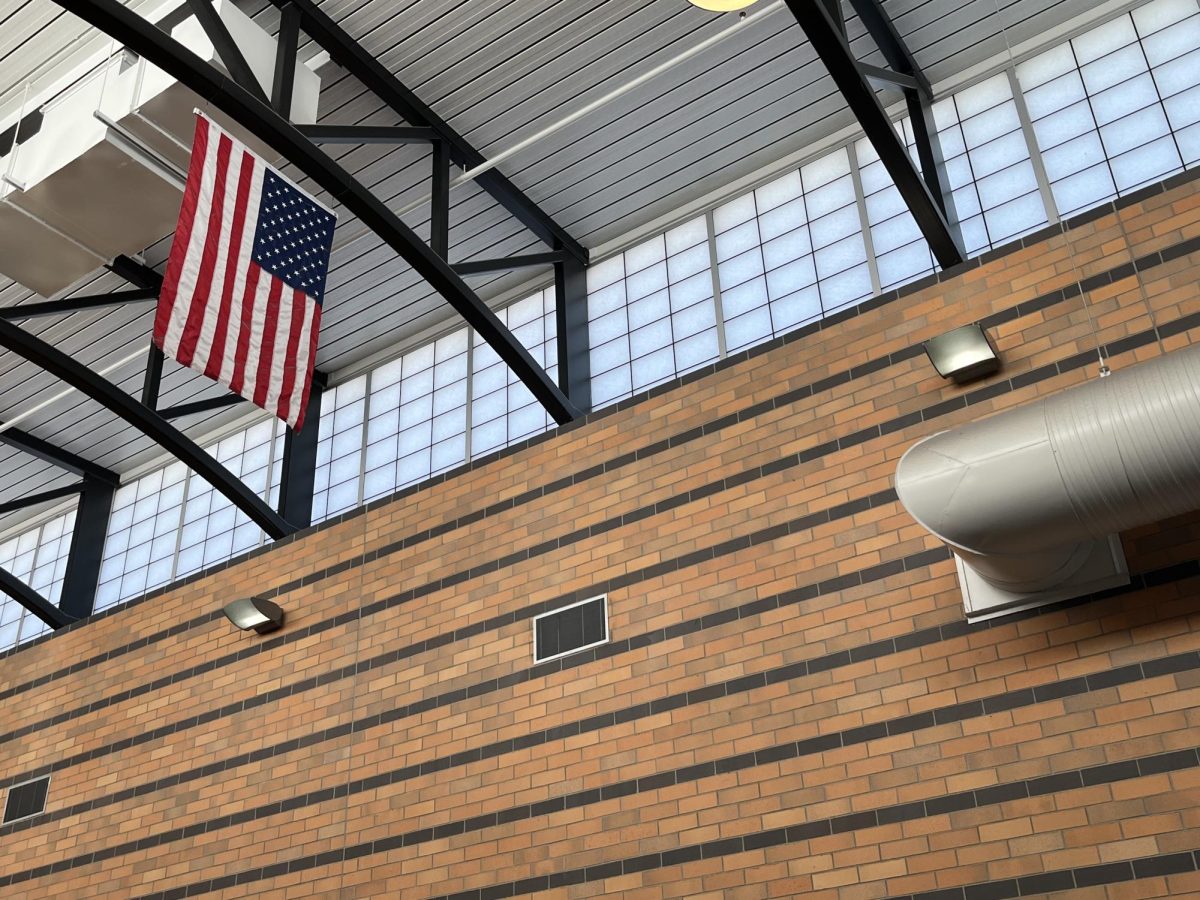Can carbon capture save our planet?
Photo captured by Michele Cooper
One effect of climate change is a drastic increase in wildfires.
October 3, 2022
In the year two thousand something, the human race has finally managed to get on top of its climate change problem, and everything seems peachy. The planet has been warming for decades now, but they’ve finally transitioned to green energy and sustainable practices. CO2 emissions have reached net zero, so they can finally relax.
But the temperature outside is still a 110 degrees Farenheit, there whole regions of the Earth uninhabitable by humans, and there more natural disasters happening now than at any time in human history.
It might seem that humanity was actually too late to save themselves from the worst consequences of global warming, but even in this doomsday scenario, all hope would not be lost.
In 2022, there is a burgeoning technology called carbon capture, which some experts believe could change the future of our climate.
Before understanding carbon capture, it’s important to first understand climate change. Basically, greenhouse gasses (most notably Carbon Dioxide, or CO2) are emitted by the chemical reactions we use to produce our energy and run our cars, among tons of other everyday processes. Those CO2 molecules float up into the atmosphere before getting stuck- unable to exitfor at least a few hundred years. Then, when heat from the sun reflects off of the Earth, the CO2 molecules block the heat from leaving the atmosphere. As more CO2 gets stuck in the atmosphere, it becomes harder and harder for that CO2 to leave, and more and more heat gets trapped on Earth. This is the greenhouse effect, which has been making our planet hotter for more than half a century.
The essential idea of carbon capture is this: In addition to trying to reduce our CO2 emissions, we will take CO2 right out of the atmosphere. This sounds great, because CO2 stays in the atmosphere for hundreds or even thousands of years, so even if the planet manages to lower its CO2 output to a healthy level, future generations will still be stuck on a planet with incredibly high temperatures. However, if CO2 could be captured from the atmosphere, Earth’s climate could theoretically be returned to its pre-warming state. Even fossil fuel proponents love it, because the technology could allow them to continue releasing CO2 while taking so much CO2 out of the atmosphere that they are carbon neutral (taking as much CO2 out of the atmosphere as they release).
The simplest way to take that CO2 out of the atmosphere can be found in a middle school biology lesson: the carbon cycle. Plants absorb CO2 from the air and release Oxygen during photosynthesis. This cycle allows plants to make a serious dent in the planet’s carbon emissions, through a process called reforestation. Campaigns from YouTubers, companies, and even search engines have promised to plant trees in return for donations or other activities.
But reforestation has its flaws. Most of these campaigns have done great work in fighting climate change, but some have been less than reputable. In these shady carbon capture projects, companies promise to plant trees in return for funding, when they aren’t so much planting trees as they are protecting trees that aren’t even in danger. In addition, when plants decompose, whether that be by burning in wildfires or other means, their decomposition process actually releases the CO2 they’ve absorbed back into the atmosphere, making their carbon capture abilities temporary.
The industrial takes on carbon capture technology are called Carbon Capture, Utility, and Storage (CCUS) and Direct Air Capture (DAC). These two technologies both use chemical reactions to take CO2 out of the atmosphere. While these two processes operate on essentially the same principles, their uses are distinct. In CCUS, CO2 is gathered in a facility which releases lots of CO2 emissions, normally power plants. From there, the CO2 is transported either to a facility where it can be converted into a useful product (like fuel) or into a geological reserve where it can be safely stored. In DAC, CO2 is taken directly out of the air, and is converted into useful products like fuel, carbon fiber, and concrete. DAC could prove useful when saving our planet from the carbon emissions stuck in our atmosphere.
The main barriers these technologies have are their price and slow implementation. Methods of carbon capture’s prices are determined by how much money it costs to take a single ton of CO2 using the system (or $/ton CO2). DAC costs a staggering $250-600/ton CO2, while CCUS costs somewhere between $30-100/ton CO2. For reference, reforestation projects cost a rate of about $50/ton CO2. This makes CCUS far more practical than DAC, which explains its spike in popularity over the past two years.
Both DAC and CCUS are subsidized. Governments around the world (including the U.S.) give money to companies taking the plunge into carbon capture technology so they will use the process and make it more efficient and affordable. Programs like these also are expanding the popularity of carbon capture technologies. This is especially important to young technologies like DAC (which has less than twenty working facilities in the entire world), as well as the many technologies that are still in development. Investments from governments now will lower the cost and increase the popularity of carbon capture in the future, and will drastically increase the planet’s odds of one day returning to normal.
Carbon capture certainly doesn’t have the power to save our planet just yet. Reforestation can do incredible work for relatively cheap, but its inability to truly take CO2 out of the carbon cycle permanently makes it a risky bet. Industrial technologies like CCUS and DAC are incredibly promising, but it’s still unclear whether they’ll become effective, affordable, and widespread enough to make a dent in the gigatons of Carbon Dioxide in our atmosphere. For now, these technologies need capital investment and public attention. Our planet will thank us later.





